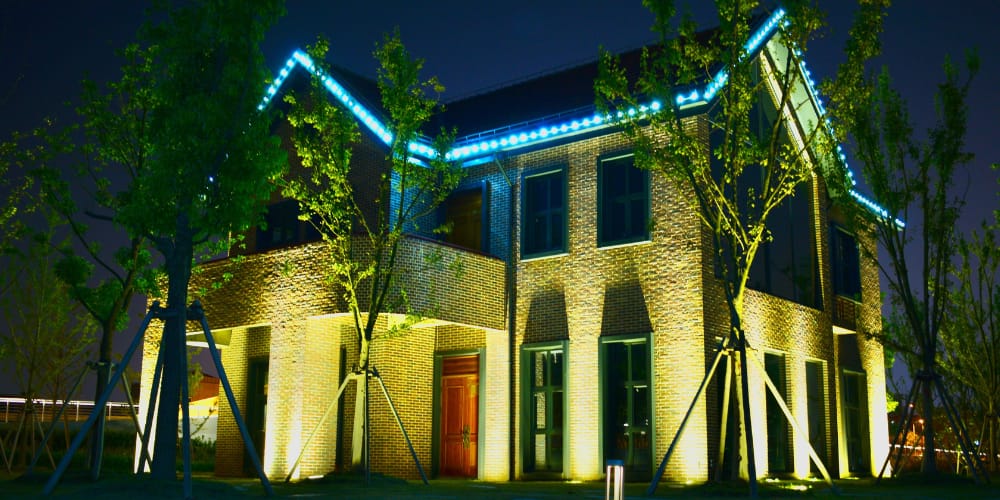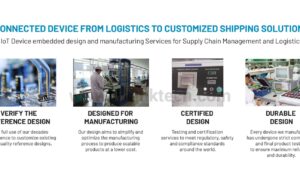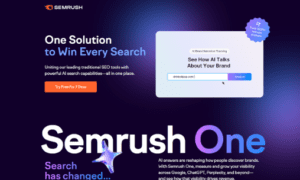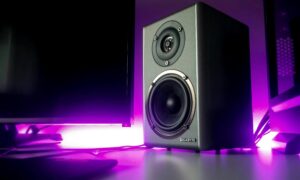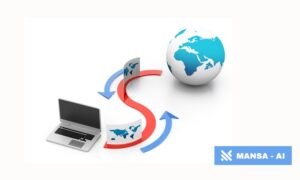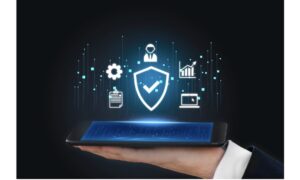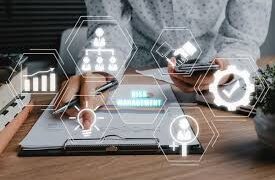The Internet of Things continues its rapid expansion, with 18.8 billion connected devices globally, growing 13% annually. As we navigate through 2025, several standout trends are reshaping how we interact with smart technology in our daily lives. From permanent holiday displays to AI-powered edge computing, these innovations represent the cutting edge of IoT development.
1. Permanent Smart Christmas Lights: Year-Round Festive Intelligence
“Permanent Christmas lights are storytellers disguised as technology.” (A House in The Hills)
Leading the charge in smart home IoT trends are permanent Christmas light systems that have revolutionized holiday decorating. These sophisticated lighting solutions represent a shift from seasonal to year-round smart home integration.
Smart-controlled lights are designed for outdoor use, offering easy installation and customizable settings through an app, eliminating the annual hassle of installing and removing traditional holiday lights. Companies like eufy, Twinkly, and Govee are pioneering this space with weatherproof systems that can display millions of colors and patterns.
These permanent installations feature triple-LED designs, music synchronization capabilities, and Matter compatibility for seamless smart home integration. IoT devices will transform the tradition of Christmas lights into something truly magical, enabling homeowners to create custom light shows for any occasion throughout the year, from holidays to celebrations to ambient outdoor lighting.
The appeal extends beyond convenience—these systems offer energy efficiency through LED technology, durability with weather-resistant construction, and creative flexibility that transforms homes into dynamic canvases of light.
2. AI-Integrated Edge Computing Devices
AI Integration and Edge Computing represent core pillars of IoT evolution in 2025. Edge computing has moved from experimental to essential, bringing AI processing power directly to IoT devices rather than relying on cloud connectivity.
This trend manifests in smart security cameras that process facial recognition locally, industrial sensors that perform predictive maintenance analysis on-site, and autonomous vehicles that make split-second decisions without internet dependency. The benefits are substantial: reduced latency, enhanced privacy, lower bandwidth costs, and improved reliability even when connectivity is compromised.
Smart thermostats now learn and adapt to user patterns without sending personal data to external servers, while home automation systems can continue operating intelligently during internet outages. This shift represents a fundamental change in IoT architecture, prioritizing local intelligence over cloud dependency.
3. Digital Twin Technology for Real-World Optimization
Digital twins—virtual copies of physical objects, machines, or entire cities have emerged as one of the fastest-growing IoT applications in 2025. These sophisticated models create real-time mirrors of physical systems, enabling unprecedented analysis and optimization capabilities.
In manufacturing, digital twins of production lines identify bottlenecks before they cause delays. Smart cities use digital twins to optimize traffic flow, energy distribution, and emergency response. Healthcare facilities create digital twins of critical equipment to predict maintenance needs and prevent failures.
The technology extends to consumer applications, where smart home systems create digital twins of residences to optimize energy usage, predict maintenance needs, and enhance security. These virtual representations process massive amounts of sensor data to provide insights that would be impossible to achieve through traditional monitoring alone.
4. Blockchain-Enhanced IoT Security
As IoT networks expand, security concerns have driven the adoption of blockchain technology for device authentication and data integrity. Blockchain technology can help in ensuring data security in IoT devices and enables thriving interaction between various network nodes.
This trend addresses critical vulnerabilities in IoT ecosystems by creating immutable records of device interactions, encrypted communication channels, and decentralized authentication systems. Smart contracts automatically execute security protocols when devices detect anomalies, while distributed ledgers ensure that device firmware updates come from verified sources.
The application extends to supply chain IoT, where blockchain tracks products from manufacturing to delivery, ensuring authenticity and preventing counterfeiting. In smart cities, blockchain-secured IoT networks protect critical infrastructure communications from cyber attacks.
5. Component Cost Stabilization Driving Market Expansion
Prices for important IoT components such as memory and storage should mostly stabilize and perhaps lower in 2025, representing a crucial trend that enables broader IoT adoption. After years of supply chain disruptions and fluctuating costs, the stabilization of semiconductor prices is democratizing smart device development.
This cost reduction is particularly significant for memory and storage components, which are essential for edge computing and local data processing. As prices stabilize, manufacturers can develop more sophisticated IoT devices at consumer-friendly price points, accelerating mass market adoption.
The trend is already visible in the smart home market, where previously premium features like voice recognition, computer vision, and advanced automation are becoming standard in mid-range devices. Industrial IoT is experiencing similar benefits, with sensor networks becoming economically viable for smaller operations.
The Connected Future
These trends collectively point toward a more intelligent, autonomous, and accessible IoT ecosystem. The enterprise IoT market grew by 15% in 2023, reaching $269 billion, demonstrating the substantial economic impact of these technological advances.
The convergence of permanent smart installations, edge AI, digital twins, blockchain security, and cost-effective components is creating an IoT landscape that’s more capable, secure, and accessible than ever before. As we progress through 2025, these innovations will continue reshaping how we live, work, and interact with the connected world around us.
From the twinkling lights that transform our homes into year-round celebrations to the invisible networks that optimize our cities, IoT continues its evolution from novelty to necessity, promising a future where intelligence is embedded in every aspect of our physical environment.

